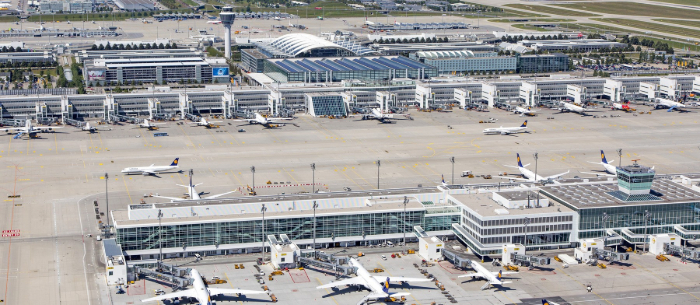With the calamitous fall in passenger numbers globally, one Netherlands-based consultancy, NACO, suggests that organizations need to focus on non-passenger related revenue streams to ensure their resilience.
A white paper from the company reported that, with almost 90% of airports revenues being passenger-related, there is a clear need for airports to diversify their revenue streams in order to reduce both revenue volatility and the immediate negative effects of declining passenger traffic on their business.
Explaining the reasoning behind the white paper, Pieter van der Horst, Airport City Development Expert at NACO, said, “We are approaching what would have been the busiest days of the year for major airports like Schiphol and others across Europe and the world – which are now close to empty as fleets are grounded, flights canceled and many nations across the world are still in various stages of lockdown.
“Our white paper explores the impact of these closures, and specifically, the data indicating how airport real estate and non-passenger related revenues have been essential in cushioning the impact of the economic downturn.”
The paper found that following the immediate impact of the pandemic, the almost total contraction in passenger-related revenues has led to a near evaporation of earnings for airports. This in turn will make post-crisis levels structurally lower for years to come and change the landscape of the aviation industry.
Van der Horst continued, “We see three developments at play which strengthen the case for diversification in non-passenger related revenues. Firstly, the pre-pandemic trend of decreasing retail revenues per passenger; secondly, major uncertainty around recovery of air travel; and finally, the introduction of green taxes and conditions for government support to airlines which add to the uncertainty.”
These developments, according to van der Horst, will inevitably affect passenger-related airport revenues. However, the green initiatives could provide an opportunity for airports to extend their networks with rail services, create multi-modal hubs and become more attractive overall for commercial real estate development.
One solution suggested is the concept of better utilization of what the company terms ‘Airport Cities’, which comprise the developments and infrastructure that surround airports, and are influenced by the presence of the airport. These, it said, can extend up to 5km from an airport and incorporate commercial elements such as offices, hotels, conference centers and shops, as well as manufacturing and logistics facilities.
The white paper makes the case for airports – including smaller, regional airports – to develop Airport Cities through long-term lease-contracts and fixed charges that ensure a stable revenue stream from airport real estate. This applies even in times of decreasing passenger numbers or economic downturn.
Van der Horst concluded, “In many ways, Covid-19 is a test in the run-up to bigger questions facing the industry such as climate change and potentially declining passenger traffic. Those who understand this then develop and diversify their airports to address these questions will be better positioned to ride out periods of uncertainty.”

